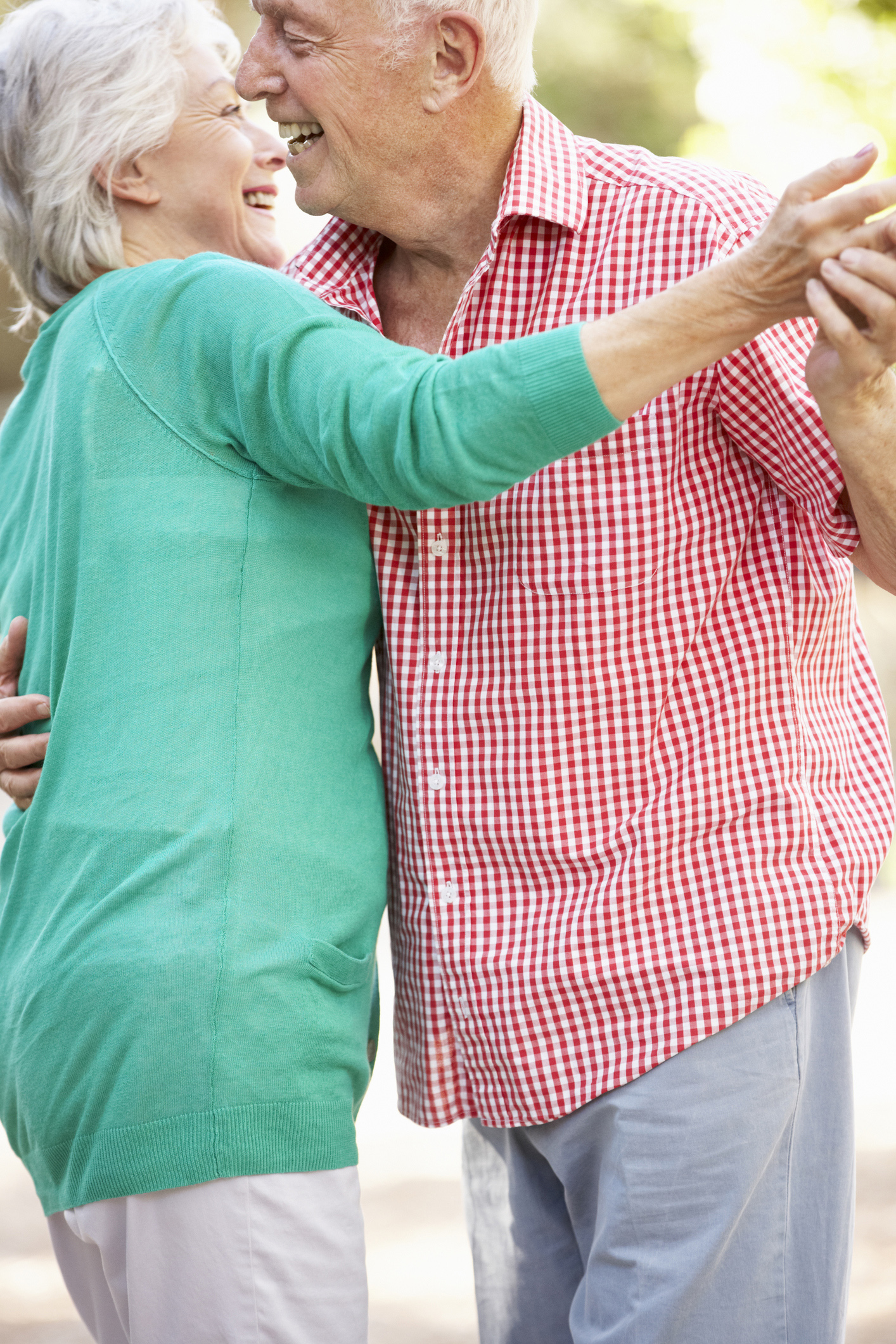Women love a man who can dance and that holds true at any age. With the continued popularity of tv shows like “Dancing with the Stars”, more older adults may be receptive to the idea of taking dance lessons. Dance is not only a great way to get regular activity during the winter months and combat social isolation, studies have found it may also improve balance and cognition among seniors.
According to a recent research article, published in Frontiers in Human Neuroscience, dancing provides not only aerobic exercise but learning choreography and navigating the dance floor may improve memory and balance. And with better balance and stronger muscles, older adults may suffer fewer falls that lead to injury and a loss of independence.
The risk of injury for seniors who take up dancing is low and yet the benefits may be huge. Not only is dancing a social activity which gives seniors an opportunity to get together with others who have a shared interest, it can boost quality of life by improving physical fitness and may prevent or slow a decline in brain function.
Dancing has also been linked with a reduction in stress levels, increased serotonin levels (which create a sense of well-being) and by stimulating the brain, helps prevent Alzheimer’s Disease and dementia. Learning new things, like the steps to a dance, helps create new neural pathways that improve cognitive abilities in an aging brain. A study out of the Albert Einstein College of Medicine in New York City found dancing frequently resulted in the greatest reduction of risk, either cognitive or physical, in seniors over the age of 75. Other leisure activities studied included cycling, swimming, reading, doing crossword puzzles and playing golf. To read the full article in the New England Journal of Medicine, follow this link.
Click here to learn more about the benefits of dancing on the aging brain.






Add Your Voice
0 Comments
Join the Discussion